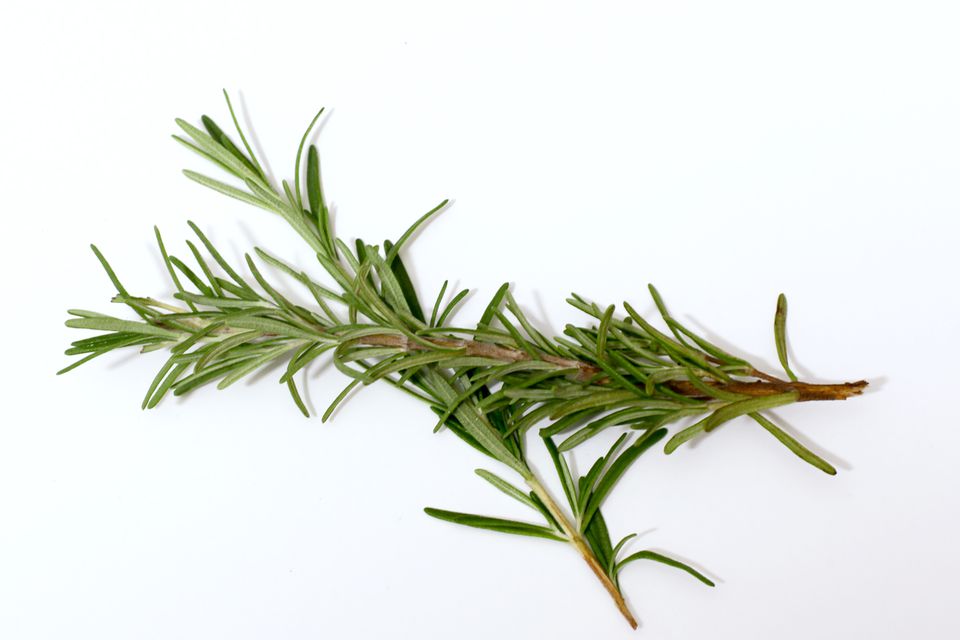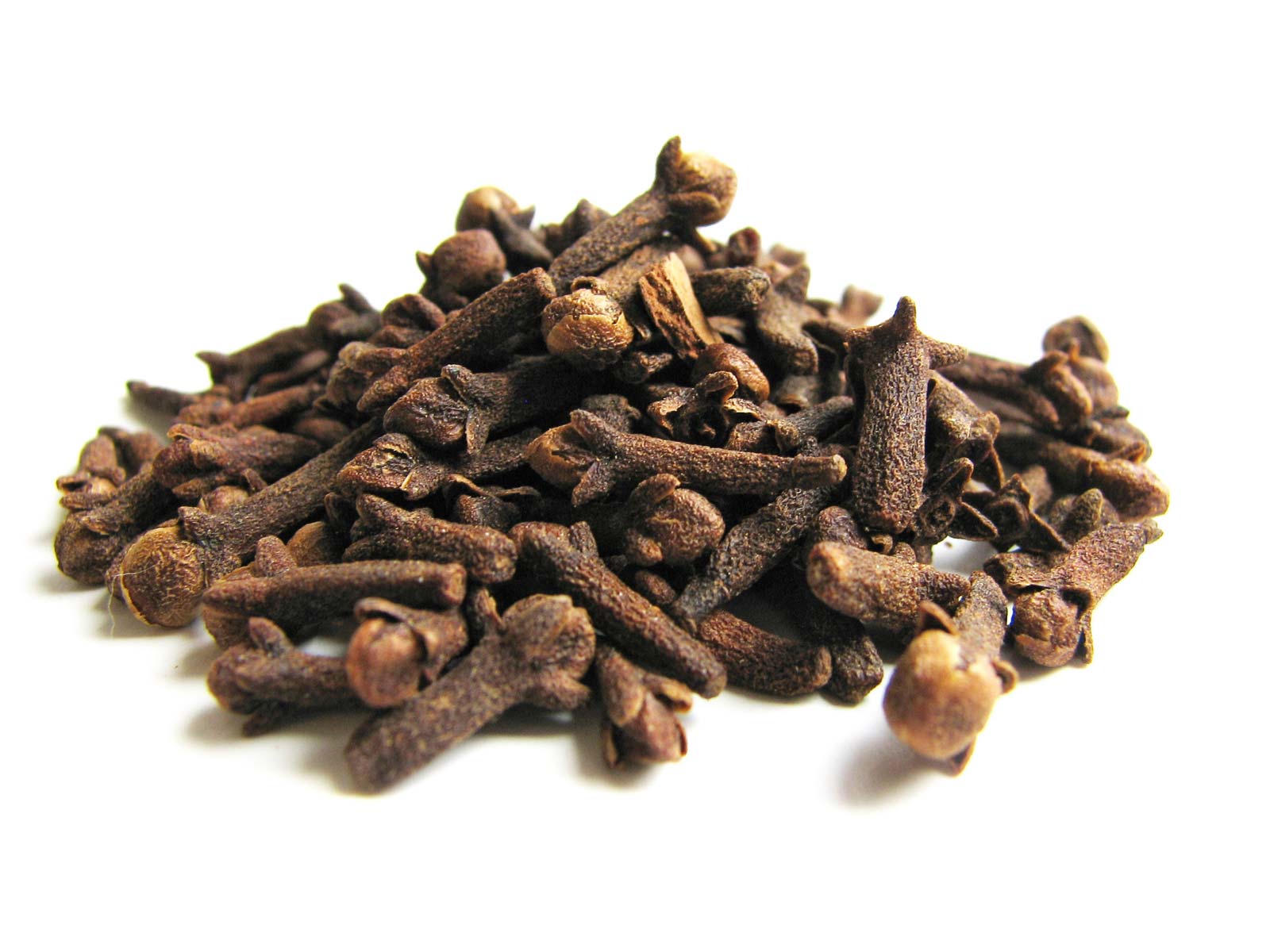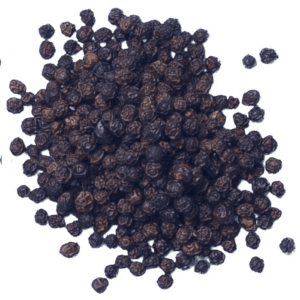A single essential oil can contain several hundred different chemicals that together are responsible for its individual character, aroma and therapeutic action. The relative amount of each chemical in an oil can be a guide to its effect. Monoterpenes, for example, are stimulating, and esters are sedative, so oils rich in these chemicals have these properties.
Chemical combinations
Active ingredients sometimes act in combination to increase the oil's therapeutic action or balance one another out.
Citral in lemon oil, for example, is an irritant, but limonene in the same oil is a quencher, cancelling out citral's harmful actions.

Changing properties
Adaptogens are essential oils that can be either sedative or stimulating, depending on the individual. Some oil ingredients have been made synthetically for medicinal use, but these are not always as effective as they are in their natural state.
Main chemical groups of essential oils
- Alcohols. Alcohols are very uplifting and have antiseptic and antiviral properties. They have the suffix '-ol', for example, citronellol. Cleansing oils such as eucalyptus are high in alcohols.
- Ketones. Ketones are sedative and pain-relieving. The ketones in plants such as jasmine can help you drift off into a peaceful sleep.
- Esters. Esters are soothing and anti-inflammatory. They have the suffix '-ate', for example, geranyl acetate. Relaxing oils such as chamomile are high in esters.
- Aldehydes. Adehydes are cooling and calming. They tend to end in '-al', for example, citronellal. Aldehydes are often responsible for the strong smell of plants such as citronella and lavender.
- Phenols. Phenols stimulate the immune and nervous systems. Phenol-rich oils such as thyme aid healing.
- Terpenes. Terpenes are a vast family of chemicals ending with '-ene', for example, pinene. Monoterpines are found in citrus oils such as lime and are analgesic and antiseptic. Sequisterpenes are calming and balancing.
How to choose an effective oil
By taking the time to learn which active ingredients are responsible for which therapeutic properties, you will be able to choose the best oil for your needs.
Anti-inflammatory Oils
The anti-inflammatory actions of some oils are due to the presence of:

Sequiterpenes
These are strongly anti-inflammatory, for example, farnasene in rose oil. Carrier bases such as aloe vera cream or lotion are also inflammatory. Aloe vera contains anthraquinine which is effective in reducing inflammation when used alongside essential oils such as lavender and chamomile.
Esters
These reduce inflammation, for example, the linalyl acetate in chamomile eases swelling caused by sunburn, stings and sprains.
Antiseptic Oils
Many oils have valuable antiseptic properties due to the presence of:
Phenols
These chemicals are powerful antiseptics, but can irritate the skin., so they are best used in a vaporiser or room fumigant.
Alcohols
More gentle than phenols, alcohols are still strongly antiseptic, for example, antiviral terpineol in eucalyptus, antibacterial santalol in sandalwood and the farnesol in rose oil.

Decongestant Oils
Many spice and tree oils are effective against colds and flu. They contain:
Ketones
These act as expectorants and relieve congestion, for example, camphor, found in sage and rosemary, or menthone, found in peppermint oil

Oxides
These are also decongestants, for example, linalool oxide, found in eucalyptus and rosemary, or eucalyptol, found in eucalyptus and cajeput, amongst others.
Invigorating Oils
Invigorating oils that stimulate the mind and body are rich in the following chemicals:
Monoterpines
These impart a feeling of health and wellbeing, lifting the spirits and reviving the body, for example, limonene, found in citrus oils such as lemon, lime and orange
Phenols
Many spice oils are uplifting due to the presence of phenols, for example, eugenol in cinnamon and clove. These oils lift mental fatigue, but because of their potency, they should only be used in low concentrations.

Alcohols
Alcohols are invigorating - for example, menthol in peppermint oil, which has a refreshing action - but high doses can become sedative.
Relaxing Oils
Relaxing oils are usually rich in esters, but ketones also contribute to many oils' soothing effects.

Esters
These are soothing oils to the nervous system and ease tension. The most sedative oils are Roman chamomile, jasmine, petitgrain and benzoin. Some comprise more than 70% ethers.
Ketones
The ketones found in some essential oils, such as the cis-jasmone in jasmine, work in conjunction with esters to help you relax.
Warming Oils
Many oils that come from spices such as black pepper, cinnamon and ginger are warming because they stimulate the circulation to the extremities of the body. Oils that make great additions to massage blends contain:
Penols
Phenols such as eugenol and myristol are stimulating and warming to the mind and body. Both are found in black pepper oil, making it an ideal addition to a muscular rub.

Alcohols
These have a warming effect on the body as they open blood vessels, bringing more body heat to the skin. Linalool, for example, in coriander oil and terpineol in eucalyptus oil.